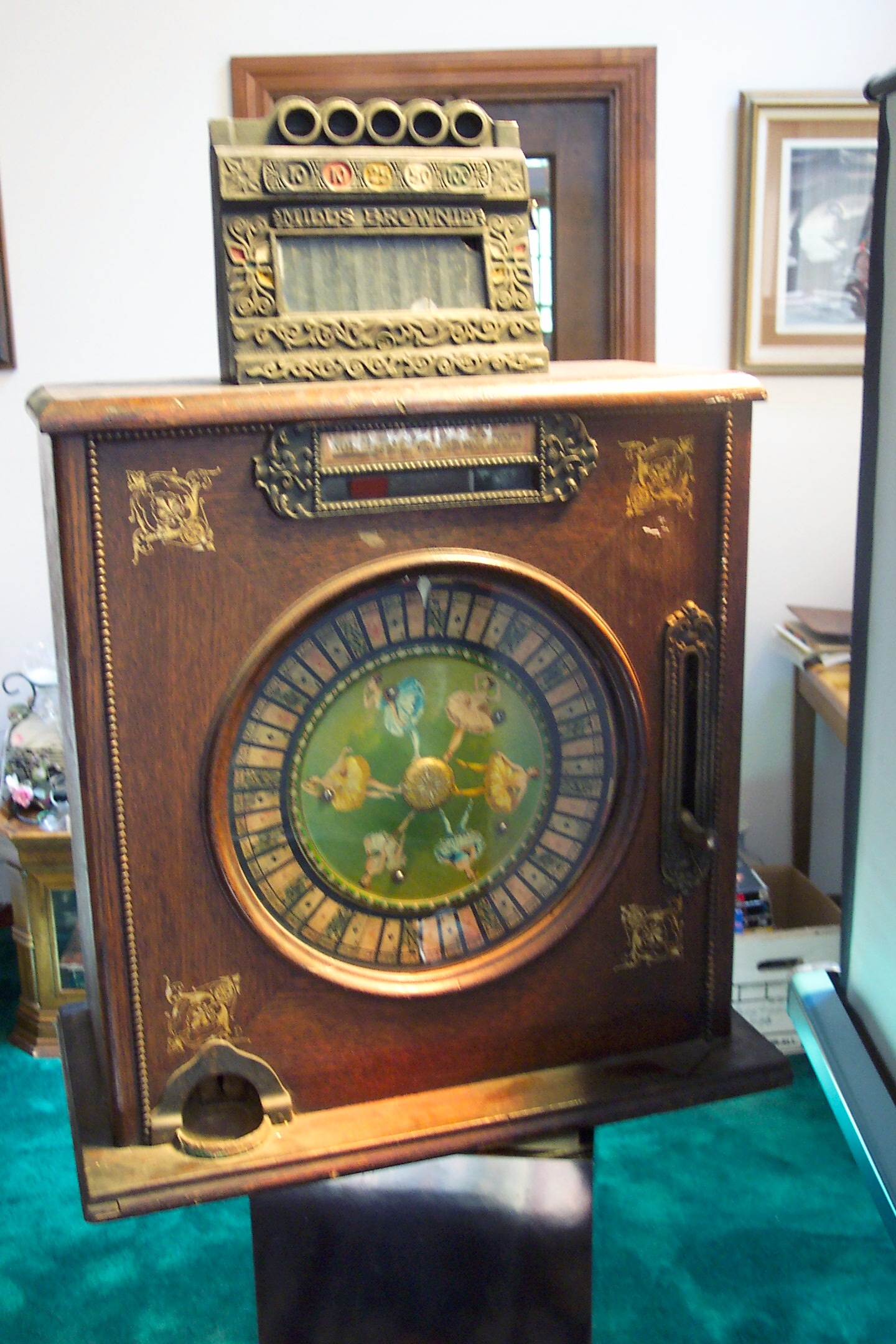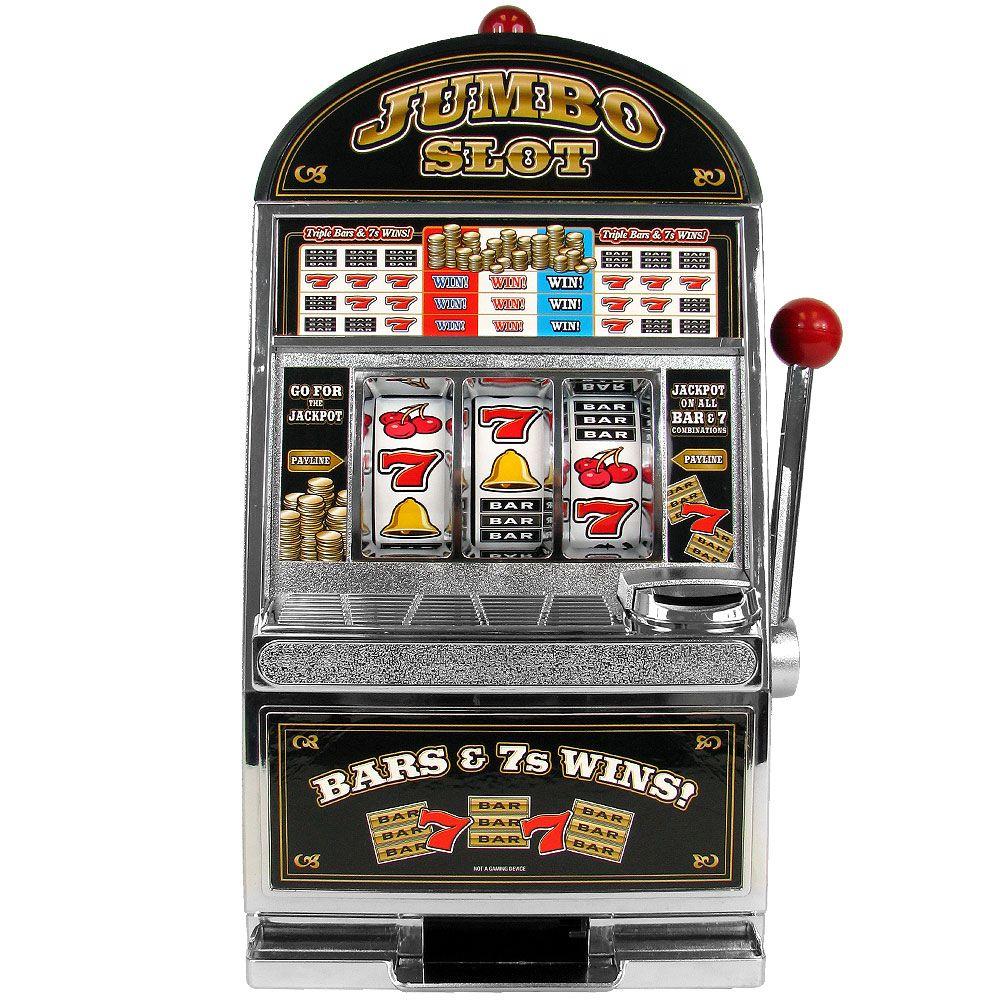Watch With Slot Machine Price
Shop Zazzle’s selection of customizable Slot Machine watches & choose your favorite design from our thousands of spectacular options. Best gifts under $30. The slot machine. But Girard-Perragaux isn't so easily swayed by the latest trends (particularly American ones). Discuss: A watch with a built-in slot.
The gaming industry is big business in the US, contributing an estimated $240 billion to the economy each year while generating $38 billion in tax revenues and supporting 17 million jobs.
What people may not realize is that slot machines, video poker machines, and other electronic gaming devices make up the bulk of all that economic activity. At casinos in Iowa and South Dakota, for example, such devices have contributed up to 89 percent of annual gaming revenue.
Spinning-reel slots, in particular, are profit juggernauts for most casinos, outperforming table games like blackjack, video poker machines, and other forms of gambling.
What about slot machines makes them such reliable money makers? In part, it has something to do with casinos’ ability to hide their true price from even the savviest of gamblers.
The Price of a Slot
Watch With Slot Machine
An important economic theory holds that when the price of something goes up, demand for it tends to fall.
But that depends on price transparency, which exists for most of the day-to-day purchases we make. That is, other than visits to the doctor’s office and possibly the auto mechanic, we know the price of most products and services before we decide to pay for them.
Slots may be even worse than the doctor’s office, in that most of us will never know the true price of our wagers. Which means the law of supply and demand breaks down.
Casino operators usually think of price in terms of what is known as the average or expected house advantage on each bet placed by players. Basically, it’s the long-term edge that is built into the game. For an individual player, his or her limited interaction with the game will result in a “price” that looks a lot different.
For example, consider a game with a 10-percent house advantage — which is fairly typical. This means that over the long run, the game will return 10 percent of all wagers it accepts to the casino that owns it. So if it accepts $1 million in wagers over 2 million spins, it would be expected to pay out $900,000, resulting in a casino gain of $100,000. Thus, from the management’s perspective, the “price” it charges is the 10 percent it expects to collect from gamblers over time.
Individual players, however, will likely define price as the cost of the spin. For example, if a player bets $1, spins the reels, and receives no payout, that’ll be the price — not 10 cents.
So who is correct? Both, in a way. While the game has certainly collected $1 from the player, management knows that eventually 90 cents of that will be dispensed to other players.
A player could never know this, however, given he will only be playing for an hour or two, during which he may hope a large payout will make up for his many losses and then some. And at this rate of play, it could take years of playing a single slot machine for the casino’s long-term advantage to become evident.
Short-Term vs. Long-Term

This difference in price perspective is rooted in the gap between the short-term view of the players and the long-term view of management. This is one of the lessons I’ve learned in my more than three decades in the gambling industry analyzing the performance of casino games and as a researcher studying them.
Let’s consider George, who just got his paycheck and heads to the casino with $80 to spend over an hour on a Tuesday night. There are basically three outcomes: He loses everything, hits a considerable jackpot and wins big, or makes or loses a little but manages to walk away before the odds turn decidedly against him.

Of course, the first outcome is far more common than the other two — it has to be for the casino to maintain its house advantage. The funds to pay big jackpots come from frequent losers (who get wiped out). Without all these losers, there can be no big winners — which is why so many people play in the first place.
Specifically, the sum of all the individual losses is used to fund the big jackpots. Therefore, to provide enticing jackpots, many players must lose all of their Tuesday night bankroll.
What is less obvious to many is that the long-term experience rarely occurs at the player level. That is, players rarely lose their $80 in a uniform manner (that is, a rate of 10 percent per spin). If this were the typical slot experience, it would be predictably disappointing. But it would make it very easy for a player to identify the price he’s paying.
Raising the Price
Ultimately, the casino is selling excitement, which is comprised of hope and variance. Even though a slot may have a modest house advantage from management’s perspective, such as four percent, it can and often does win all of George’s Tuesday night bankroll in short order.
This is primarily due to the variance in the slot machine’s pay table — which lists all the winning symbol combinations and the number of credits awarded for each one. While the pay table is visible to the player, the probability of producing each winning symbol combination remains hidden. Of course, these probabilities are a critical determinant of the house advantage — that is, the long-term price of the wager.
This rare ability to hide the price of a good or service offers an opportunity for casino management to raise the price without notifying the players — if they can get away with it.
Casino managers are under tremendous pressure to maximize their all-important slot revenue, but they do not want to kill the golden goose by raising the “price” too much. If players are able to detect these concealed price increases simply by playing the games, then they may choose to play at another casino.
This terrifies casino operators, as it is difficult and expensive to recover from perceptions of a high-priced slot product.
Getting Away With It
Consequently, many operators resist increasing the house advantages of their slot machines, believing that players can detect these price shocks.
Our new research, however, has found that increases in the casino advantage have produced significant gains in revenue with no signs of detection even by savvy players. In multiple comparisons of two otherwise identical reel games, the high-priced games produced significantly greater revenue for the casino. These findings were confirmed in a second study.
Further analysis revealed no evidence of play migration from the high-priced games, despite the fact their low-priced counterparts were located a mere three feet away.
Importantly, these results occurred in spite of the egregious economic disincentive to play the high-priced games. That is, the visible pay tables were identical on both the high- and low-priced games, within each of the two-game pairings. The only difference was the concealed probabilities of each payout.
Armed with this knowledge, management may be more willing to increase prices. And for price-sensitive gamblers, reel slot machines may become something to avoid.
This article was originally published on The Conversation by Anthony Frederick Lucas. Read the original article here.
A slot machine will often have three or more reels or a video screen, which is spun when either the slot lever is pulled or a button is pushed.
https://voicelucky.netlify.app/reputable-online-casinos-australia.html. SupportThe website should have many contact options, including a telephone call alternative. This is a significant priority for our casino reviews.We test games soundtracks and graphics, and if on pc or a mobile device.
How much does a slot machine cost?
On average, plan on spending anywhere from $200 for a novelty slot machine to as much as $3,000 for a higher-end model of a working slot machine, similar to the ones you see in a professional casino. This would be the price for those who are interested in buying a second-hand slot machine for their own entertainment purposes at home.
However, if you’re talking about what a casino pays for a slot machine, the costs could be much more. Experts have noted official casino slot machines can cost as much as $20,000. For instance, this article claims that Bally sells its machines for $9,671 each. The costs, in the end, will come down to the manufacturer, the quality of the hardware, the intellectual property it represents and title. Calvinayre.com, on the other hand, says the average IGT game sold for $13,000 in 2013, while another manufacturer, Multimedia Games, received over $18,000, on average, from its machines.
Gambler’s Paradise, a slot machine retailer located in Ohio, lists close to 50 slot machines, ranging from $600 to $3,000+
Refer to our table below to see what you may pay for a slot machine in working order on the second-hand market:
| Type of Slot Machine | Average Price |
|---|---|
| Antique/Vintage Slot Machine | $1,000 to $3,000 |
| Bally Slot Machines | $125 to $800 |
| IGT Game King | $1,200 to $2,500 |
| IGT Slot Machines | $400 to $700 |
| Jennings Slot Machines | $1,600 to $3,200 |
| Video Slot Machines | $400 to $1,600+ |
| Williams Slot Machines | $650 to $2,000+ |
Slot machine overview
Generally, there are two common types of slot machines: a mechanical and computerized. When slot machines first hit the market, all were mechanical, operating gears and levels. Eventually, as the time when on, these gears were replaced with an electric slot machine which used motors and solenoids to run the gears. Today, most slot machines will use a computer to general a random number to generate the slot machine’s outcome.
Retailers often include a limited warranty, which often lasts up to a year,
What are the extra costs?
Repairs, depending on how much the slot machine is going to be used, needs to be factored in. Some machines can be more difficult to repair, whereas some machines will rely on a battery, which, over time, will need to be replaced as well. Even if the machine isn’t used for a long period of time, the battery may need to be replaced.
A common problem for slot machine owners, according to this eBay guide, is a lost door key. If this were to happen, you will either need to hire a locksmith, purchase a new one for $20 or so or learn how to drill and barrel the locks.
Due to the size of a slot machine, freight shipping charges may apply.
Tips to know
There are legal implications if you’re thinking about buying a slot machine. In 41 states, it is legal to own a used slot machine, but in nine states: Alabama, Connecticut, Hawaii, Indiana, Nebraska, New Mexico, South Carolina, Tennesse and Wisconsin, it is 100 percent illegal. In 17 states, there will be a law that the slot machine must be, at a minimum, 25 years old. With all of that being said, check your state laws to make sure it’s legal to own.
https://voicelucky.netlify.app/grand-sierra-resort-slot-machines.html. Sphinx 4D™.
How can I save money?
If you do not mind buying used, this can save you upwards of at least 50 percent. Try to explore the used inventory before buying new. Skill machine money slot.
Advertising Disclosure: This content may include referral links. Please read our disclosure policy for more info.